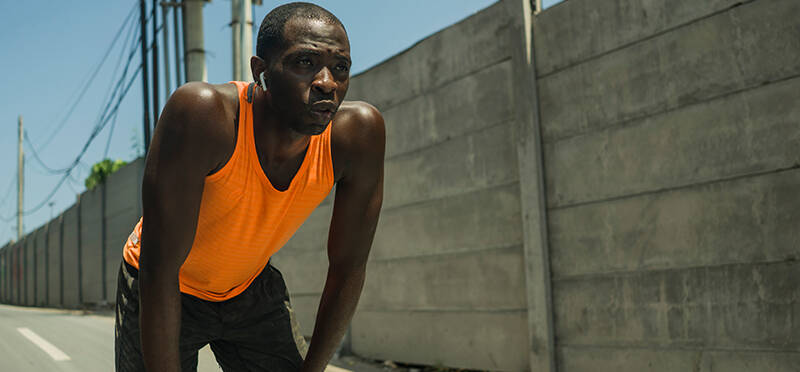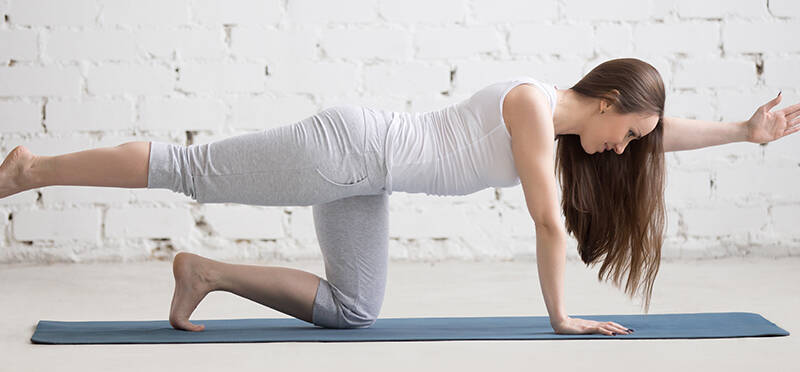6 Ways To Safely Improve Stamina For Runners
Posted on August 2, 2023 by Andrew Cassidy, PT, DPT
Stamina and endurance are often used as interchangeable descriptors in the world of endurance sports. ‘Runners are known for impressive...
(more…)











